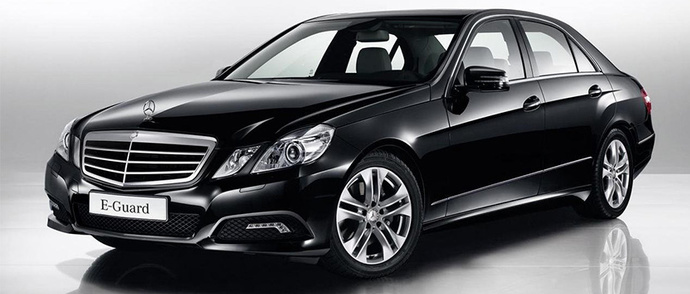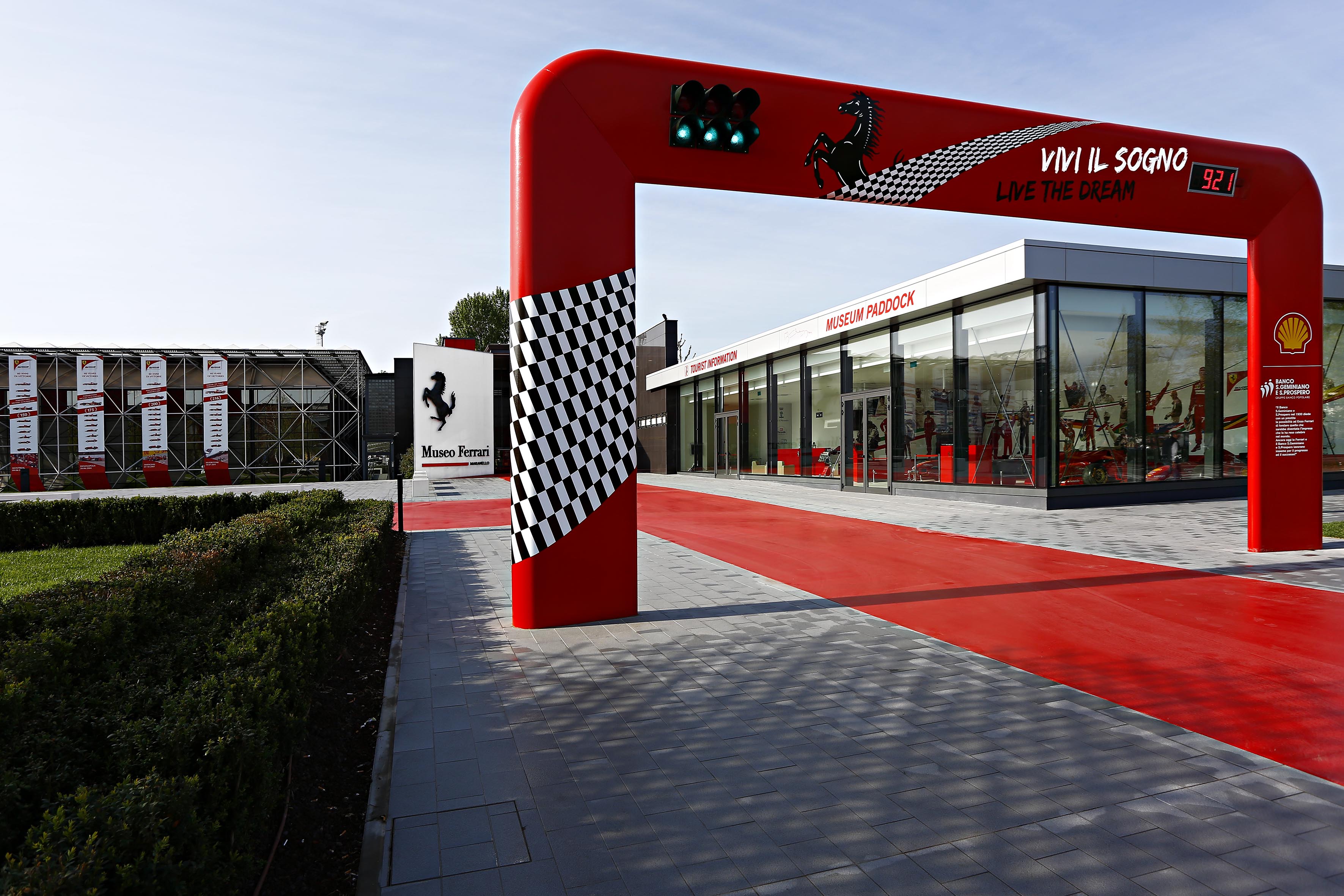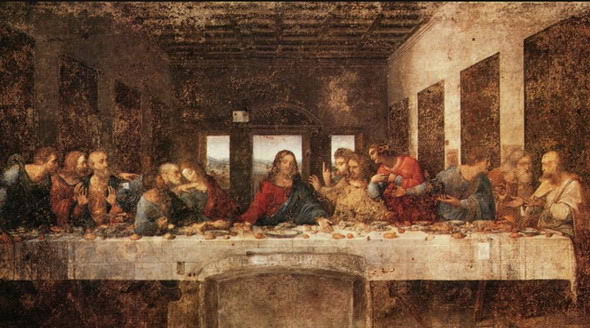Ultimate Italy Itinerary: Milan, Venice, Rome, Florence & More
This comprehensive guide covers a classic yet extensive loop through Northern and Central Italy, blending iconic cities with charming towns and coastal gems.
Itinerary Overview
This route forms a logical loop, starting and ending in Milan, a major international travel hub. The journey covers the fashion capital of Milan, the romantic canals of Venice, the rolling hills of Emilia-Romagna and Tuscany, the historic heart of Rome, and the stunning Ligurian coast.
Start & End: Milan (Malpensa MXP or Linate LIN airports)
Primary Transport: Train (high-speed and regional), with potential for rental car for smaller towns.
Recommended Duration: 14-21 days to fully appreciate all locations without rushing.
Milan (Milano)
Italy's global fashion and design capital, Milan is a dynamic metropolis that blends cutting-edge style with profound historical and artistic heritage.
Key Attractions
Duomo di Milano (Milan Cathedral): The city's iconic centerpiece, this breathtaking Gothic cathedral is one of the largest in the world. Visitors can explore the interior, descend into the archaeological area, or walk on the rooftop terraces for stunning city views.
Galleria Vittorio Emanuele II: A magnificent 19th-century shopping arcade beside the Duomo, known for its stunning glass and iron dome. It houses luxury boutiques and historic cafes.
Teatro alla Scala: One of the world's most famous opera houses. Consider attending a performance or visiting its museum.
Santa Maria delle Grazie: A UNESCO World Heritage site, this church is home to Leonardo da Vinci's "The Last Supper."
Booking tickets months in advance is essential.
Sforzesco Castle (Castello Sforzesco): A vast castle complex housing several museums, including works by Michelangelo.
Practical Information
Getting Around: Milan has an efficient Metro (subway) system. The city center is also very walkable.
Food Specialties: Risotto alla Milanese (saffron risotto), Cotoletta alla Milanese (breaded veal cutlet), and Panettone (sweet bread).
Recommended Stay: 2-3 days.
Sirmione
A picturesque town on a narrow peninsula jutting into Lake Garda, Italy's largest lake. Known for its thermal spas, turquoise waters, and romantic atmosphere.
Key Attractions
Rocca Scaligera (Scaliger Castle): A stunning, well-preserved 13th-century castle surrounded by a moat. Climb the tower for panoramic views of the lake and town.
Grotte di Catullo (Catullus' Grottoes): The extensive ruins of a vast Roman villa at the very tip of the peninsula, offering incredible lake vistas.
Sirmione's Spas: The town is famous for its thermal waters. Several spa establishments offer treatments and access to thermal pools.
Jamaica Beach: A popular free-access beach with clear, shallow waters, perfect for a swim.
Practical Information
Getting There: Sirmione is best reached by train to Desenzano del Garda-Sirmione station, then a short local bus ride to the town center. Access to the historic center is restricted; park in designated lots outside.
Food Specialties: Fresh lake fish, such as trout and perch, often prepared "in carpione" (marinated).
Recommended Stay: 1-2 days as a tranquil interlude.
Venice (Venezia)
A city of unparalleled beauty, built on over 100 small islands in a lagoon. Its canals, architecture, and art make it a truly unique destination.
Key Attractions
Piazza San Marco (St. Mark's Square): The city's main public square, home to its most famous landmarks.
Basilica di San Marco (St. Mark's Basilica): A magnificent Byzantine cathedral adorned with golden mosaics.
Palazzo Ducale (Doge's Palace): The former residence of the Doge of Venice, a masterpiece of Gothic architecture. The tour includes the famous Bridge of Sighs.
Grand Canal: Take a vaporetto (water bus) along the main waterway to see the grand palazzos lining its banks. A gondola ride on the smaller canals is a classic, if touristy, experience.
Rialto Bridge: The oldest and most famous bridge spanning the Grand Canal, surrounded by a vibrant market area.
Islands of Murano and Burano: Take a boat trip to Murano to see glassblowing demonstrations and to Burano for its brightly colored fishermen's houses and lace-making tradition.
Practical Information
Getting Around: Vaporetti are the primary mode of public transport. The city is best explored on foot—be prepared for bridges and stairs.
Food Specialties: Cicchetti (Venetian tapas), Sarde in Saor (sweet and sour sardines), Risi e Bisi (rice and peas), and Bellini cocktail.
Recommended Stay: 2-3 days.
Rimini
A major beach resort on the Adriatic Coast, known for its vibrant nightlife and long sandy beaches, but also boasting significant Roman history.
Key Attractions
Roman Amphitheatre: The remains of a 2nd-century amphitheater that once held up to 12,000 spectators.
Tempio Malatestiano (Malatesta Temple): A stunning Renaissance church, originally a Gothic Franciscan church transformed by Sigismondo Pandolfo Malatesta.
Ponte di Tiberio (Tiberius' Bridge): A remarkably preserved Roman bridge from 20 AD, still in use today.
The Beaches: Miles of organized beaches with rows of sun loungers and umbrellas, backed by bars, restaurants, and hotels.
Fellini Connection: The famed film director Federico Fellini was born in Rimini, and his influence can be found throughout the city.
Practical Information
Getting There: Rimini is easily accessible by train on the main Bologna-Ancona line.
Food Specialties: A gateway to the "Republic of San Marino" and the foodie region of Emilia-Romagna. Try Piadina (a flatbread sandwich) and fresh seafood.



